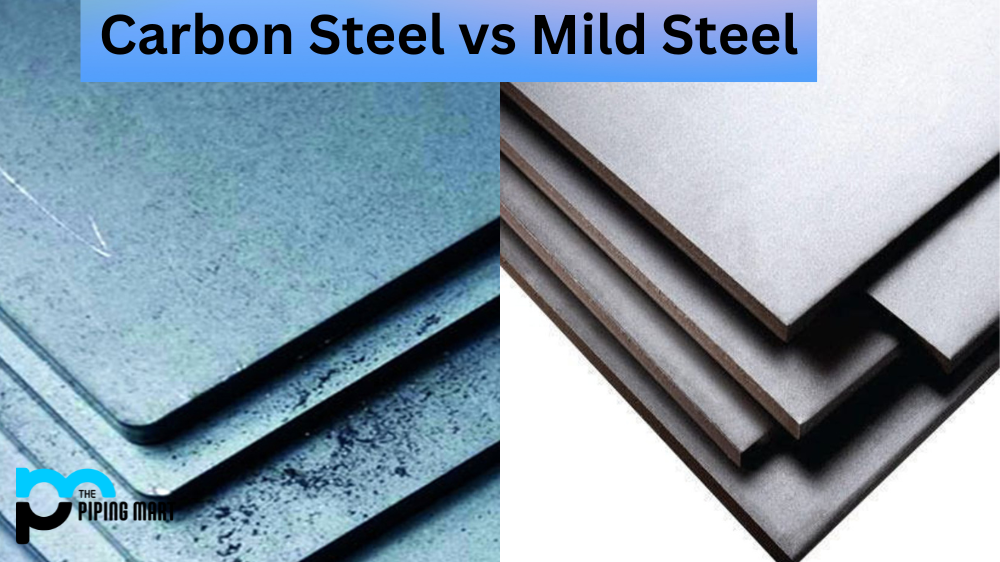Welding steel sheets can be intimidating for beginners, but with the right tools and techniques, it can be a relatively straightforward process. Whether you are welding steel sheets for a small project around your home or for a larger commercial project, there are a few key things to keep in mind when getting started. In this guide, we will cover the basics of welding steel sheets and provide tips on how to get the best results.
Preparation is Key
Before starting any welding project, preparation is key. Make sure you have all the safety equipment you need before beginning. That includes safety glasses, gloves, face shields, and proper clothing to protect your skin from sparks and splatter. Also, ensure adequate ventilation in your workspace; welding releases fumes and smoke that can be hazardous if inhaled. Once you’ve taken all of the necessary safety precautions, it’s time to prep your materials for welding.
Clean Your Materials
Before joining your pieces of steel sheet together with welds, make sure they are clean and free of debris or oil residue. If there is dirt or grime on the surface of the metal, it can prevent an even weld from forming between two pieces. You can use an abrasive cleaner like sandpaper or steel wool to scrub away any dirt or rust that may be present on your metals. It’s also important to ensure that both pieces fit snugly together so that any gaps between them won’t interfere with the quality of the welds you form later on.
Choose Your Welding Method
There are several different methods for welding steel sheets that vary in complexity and difficulty level depending on your experience level with welding and what type of project you’re working on. For beginners just starting out with basic projects, shielded metal arc welding (SMAW) is often recommended due to its simplicity—all you need is an electric arc welder, electrodes (or “sticks”), grounding clamp, power cord, electrode holder/clamp, and chipping hammer/wire brush combo tool—and because it works well with thin gauge metals such as steel sheets up to 3/16″ thick as well as thicker materials up to 1/2″ thick. Other popular methods include gas metal arc welding (GMAW) and flux-cored arc welding (FCAW). Once you’ve chosen a method that suits your needs and skill level, it’s time to start making those welds!
Conclusion
With these tips in mind, anyone should feel confident about taking on small or large-scale projects involving steel sheet welding—whether at home or commercially! Just remember that practice makes perfect, so don’t get discouraged if something doesn’t turn out perfectly at first; keep practising until you get it right! As long as all safety protocols are followed closely during every step of the process, then there’s no reason why DIYers shouldn’t be able to create beautiful welded items out of steel sheets! Good luck!

A passionate metal industry expert and blogger. With over 5 years of experience in the field, Palak brings a wealth of knowledge and insight to her writing. Whether discussing the latest trends in the metal industry or sharing tips, she is dedicated to helping others succeed in the metal industry.




